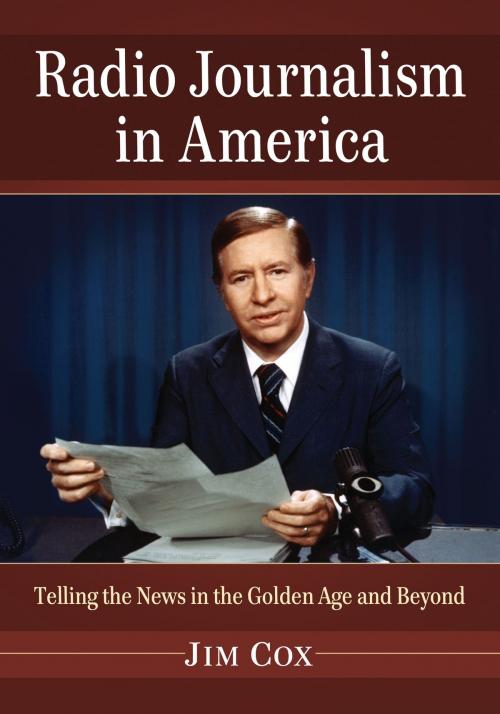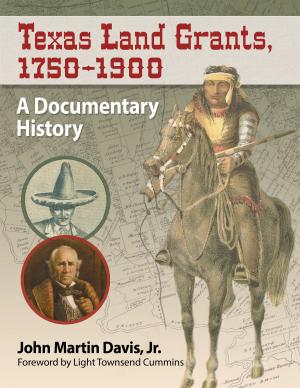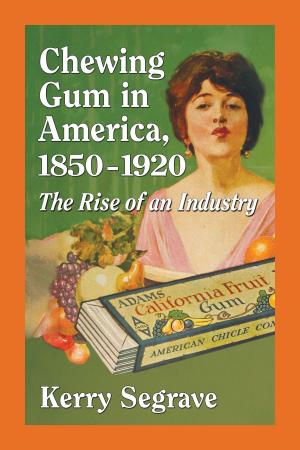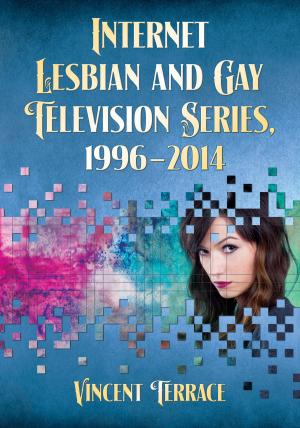Radio Journalism in America
Telling the News in the Golden Age and Beyond
Nonfiction, Entertainment, Performing Arts, Radio, Reference & Language, Language Arts, Journalism, History| Author: | Jim Cox | ISBN: | 9781476601199 |
| Publisher: | McFarland & Company, Inc., Publishers | Publication: | April 6, 2013 |
| Imprint: | Language: | English |
| Author: | Jim Cox |
| ISBN: | 9781476601199 |
| Publisher: | McFarland & Company, Inc., Publishers |
| Publication: | April 6, 2013 |
| Imprint: | |
| Language: | English |
This history of radio news reporting recounts and assesses the contributions of radio toward keeping America informed since the 1920s. It identifies distinct periods and milestones in broadcast journalism and includes a biographical dictionary of important figures who brought news to the airwaves. Americans were dependent on radio for cheap entertainment during the Great Depression and for critical information during the Second World War, when no other medium could approach its speed and accessibility. Radio’s diminished influence in the age of television beginning in the 1950s is studied, as the aural medium shifted from being at the core of many families’ activities to more specialized applications, reaching narrowly defined listener bases. Many people turned elsewhere for the news. (And now even TV is challenged by yet newer media.) The introduction of technological marvels throughout the past hundred years has significantly altered what Americans hear and how, when, and where they hear it.
This history of radio news reporting recounts and assesses the contributions of radio toward keeping America informed since the 1920s. It identifies distinct periods and milestones in broadcast journalism and includes a biographical dictionary of important figures who brought news to the airwaves. Americans were dependent on radio for cheap entertainment during the Great Depression and for critical information during the Second World War, when no other medium could approach its speed and accessibility. Radio’s diminished influence in the age of television beginning in the 1950s is studied, as the aural medium shifted from being at the core of many families’ activities to more specialized applications, reaching narrowly defined listener bases. Many people turned elsewhere for the news. (And now even TV is challenged by yet newer media.) The introduction of technological marvels throughout the past hundred years has significantly altered what Americans hear and how, when, and where they hear it.















